What Is the Most Common Type of Duct?
Here at I-Sells, as the number 1 supplier of venting and ducting solutions in the UK, we endeavour to bring you the necessity of a properly ventilated home alongside all of the benefits that can be experienced. In this article, we will be answering the question ‘What is the most common type of duct?’
All of the solutions we offer are in an effort to disrupt the environment necessary for mould to formulate, as mould can have serious health implications as well as spread easily if left unattended.
Alongside mould control, our venting and ducting solutions also aid in the removal of condensation, retention (and in some cases addition) of heat, and the removal of stale air in your home.
As we continue, let us explain a little bit about ducting.
What does ducting do?
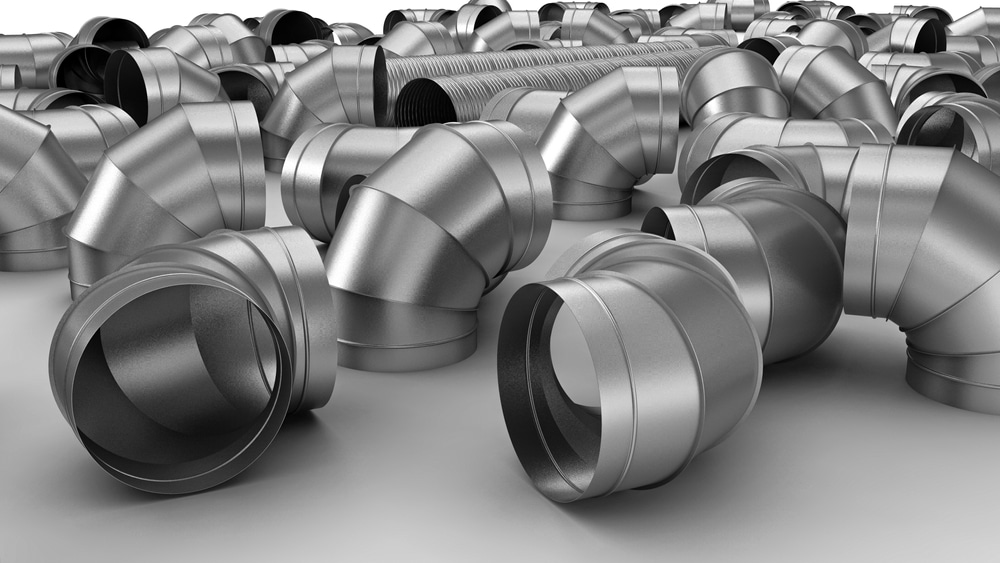
Ducting is used in order to create an isolated airflow for extracted air to travel through, the airflow is facilitated by the use of an extractor fan or PIV systems. Ducting can either be made from metal or plastic
These systems aid in creating a home or space with fresh air and help to regulate the temperature in order to prevent the cultivation of mould and dampness.
Mould, otherwise known as damp, is a fungus that grows on wet surfaces. Mould reproduces from tiny spores. The spores float through the air and deposit on the surfaces. Under adequate temperature, moisture, and nutrient conditions, the spores can form new mould colonies.
Mould can severely affect your immune and respiratory system, as the spores are easily breathable and not obvious to see through the human eye.
If you have found mould in your home, you need to assess if this is your landlord’s responsibility (for example it could be from a leaking roof that needs repairing). Or if the damp is caused by improper ventilation. To assess your options, click here.
The two types of ducting
Round Pipe:
Round ducting has the highest airflow performance, this is due to a wider diameter increasing its free area. The lack of corners also decreases resistance within the pipe, which allows for higher airflow rates and higher rates of ventilation.
It is recommended for most applications where space is available for installation. Its main purposes are for long ducting runs, whole-house ventilation systems, HVAC systems, bathroom, toilet and utility room extract fan venting, or any occasion where high rates of extraction are required.
Round PVC ducting pipe can be used for venting exhaust odours and steam from cooker hoods, although flexible ducting may be easier to install in many instances.
Sizes are available from 100mm, 300mm, 500mm and 600mm diameters, with sizes between these dimensions also available. Both round and flat ducting have smooth inner surfaces to reduce air resistance and noise.
Pros & Cons of Round Ducting
Pros: | Cons: |
High Airflow | Difficult to conceal |
Less friction | Poor results in low-pressure systems |
Lightweight | More expensive than flat ducting |
Corrosion-resistant | |
Better for high-pressure systems | |
Designed for HVAC systems |
Flat Channel Duct:
Flat channel ducting is ideal when a low profile is required due to lack of space. It can also be concealed and flush fit against ceilings and walls or within voids.
Please bear in mind that as a result of a lower free area, there is greater pressure created within a duct run. It is therefore essential that you check the manufacturer information for the fan you are planning to install within the run.
If the fan is extracting at a rate that is greater than the duct run can cope with, there is potential for the fan to overheat and burn out. This is both costly and unnecessary.
Flat channel plastic ducting is generally used for installations requiring low extraction rates such as bathrooms, toilets, and utility rooms. Sizes available from 110x54mm to 310x29mm.
Pros & Cons of Flat Channel Ducting
Pros | Cons |
Corrosion-resistant |
Creates more noise within duct run |
Lightweight |
Poor results within high-pressure systems |
Easy to flush fit and conceal | Increased air resistance |
Ideal for low-pressure applications |
|
Be mindful of where you place your ducting in order to understand what kind of ducting you need, and where it’s access doors will be, which are vital in order to maintain the effectiveness of your ventilation by cleaning the ducting buildup at regular intervals.
See our handy plastic ducting guide for additional information
What is the most common type of duct?
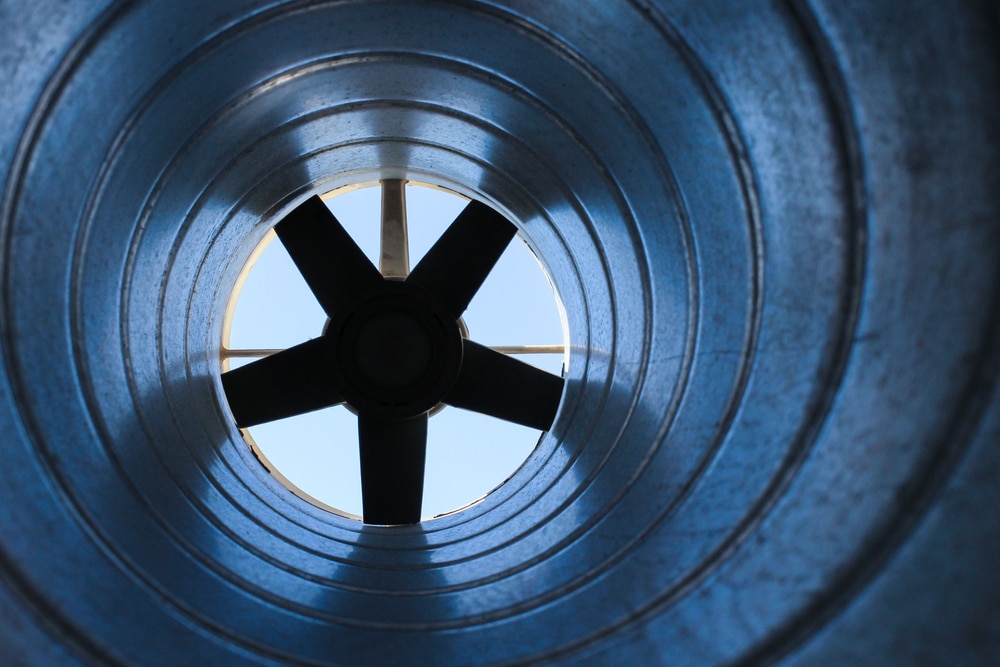
It’s difficult to say if flat or round ducting is the most common type of duct. That is because each has its own uses and the spaces they are installed in will vary, as well as the needs and usage of that space.
If you’re considering upgrading your ducting, don’t make your choice depending on which is the most common type of duct, instead, you should contact your local tradesman to assess the spaces you have for the ducting, and make an informed choice after that.
Plastic & metal ducting
Flexible ducting
Ducting can come in two forms, rigid and flexible ducting. Both can be made from plastic or metal.
Our flexible ducting hose and pipes can be used for exhausting air conditioning, venting tumble dryers, bathroom fans, HVAC systems and kitchen hoods. Available for purchase with delivery all over the UK. Custom sizes can be fabricated, and UK sales of stocked products over £100 are free of delivery charges.
Plastic ducting
Plastic ducting is usually made from PVC. It is a durable, lightweight material, generally used when installing an extractor fan or passive ventilation system to control condensation or mould growth, you may choose plastic ducting to vent to the exterior of your property too.
Plastic ducting is typically used as ventilation within domestic properties, principally within student flats and modernisations. It is preferred because of its lightness, its airtight properties & durability. It is usually used in rooms such as bathrooms and kitchens, and HVAC systems.
Our lightweight PVC coated ductwork is manufactured from high-quality uPVC and is designed to create minimal air resistance, maximum airflow and minimal pressure loss.
We provide plastic ducting lengths, connectors, bends, brackets, and accessories such as reducers, attenuators and other fittings.
Plastic ducting has a number of advantages including:
- It is lightweight
- It’s easy to install
- It’s smooth on the inside, making for efficient installations
- It is easy to cut
- It doesn’t corrode
- It can be insulated
Metal ducting
Metal ducting are ideal for ventilation systems set up in hotter environments, an example being a cooker hood.Metal ducting is also a popular choice for spaces and environments with air rich in certain compounds that could be hazardous or damaging to standard choices.
HVAC experts and engineers typically choose to rely on stainless steel for aggressive environments, where corrosion is highly likely.
We provide round ductwork fittings and accessories in a large range of diameters to suit all purposes including HVAC systems and extractor fans. Our metal ductwork is manufactured from high-quality galvanised Aluminium.
The benefits of metal ducting are as follows:
- It can be used in rooms that have appliances that emit a lot of heat
- High-quality galvanised aluminium ensures long-lasting function
- Ideal for industrial environments
- Can be insulated.
The effects of no ducting
Having no ducting or ventilation in your home will result in the buildup of condensation and mould as well as exposing you to potentially harmful chemicals.
Opening a window will not be enough to efficiently and consistently remove any air impurities. Extractor fans and cooker hoods actively intake the air, and will do so unless you turn them off (some have timers after switching off.)
A way to understand the necessity of ducting would be to compare it to having a coal or wood-burning fireplace with no chimney. If the smoke did not escape through the chimney, smoke, its smell, its toxicity and its staining would be everywhere no matter how long you keep the window open.
I-Sells – Here to help
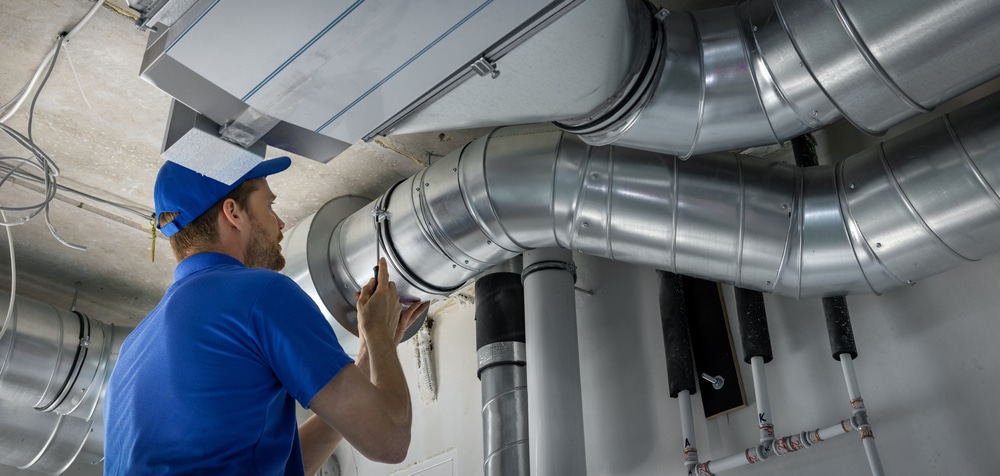
We at I-Sells endeavour to make sure our customers have all the information they need before choosing to invest in our mould solutions. Be sure to visit our blog page to gain knowledge on the wide array of factors and issues surrounding ventilation, mould, condensation, and much more.
We hope to have answered the question ‘What is the most common type of duct?’
We understand you may have more questions, Please do not hesitate to contact us for more information with regard to whatever you may need our help with. If you’d like to send us an email, click here. For other contact options, see below:
Call us on 020 8463 9696
Visit us at our showroom:
*OPENING TIMES*
Monday – Friday: 8:00 am to 5:30 pm
Saturday: 9:00 am to 12:00 pm
Sunday: Closed
15 St John’s Parade
Sidcup, Kent
DA14 6ES
United Kingdom




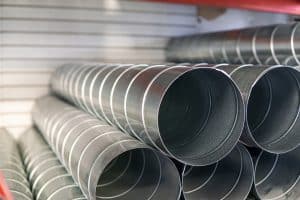
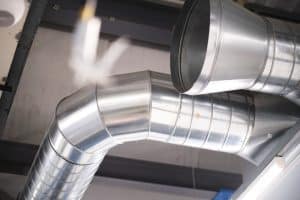























Add comment
You must be logged in to post a comment.